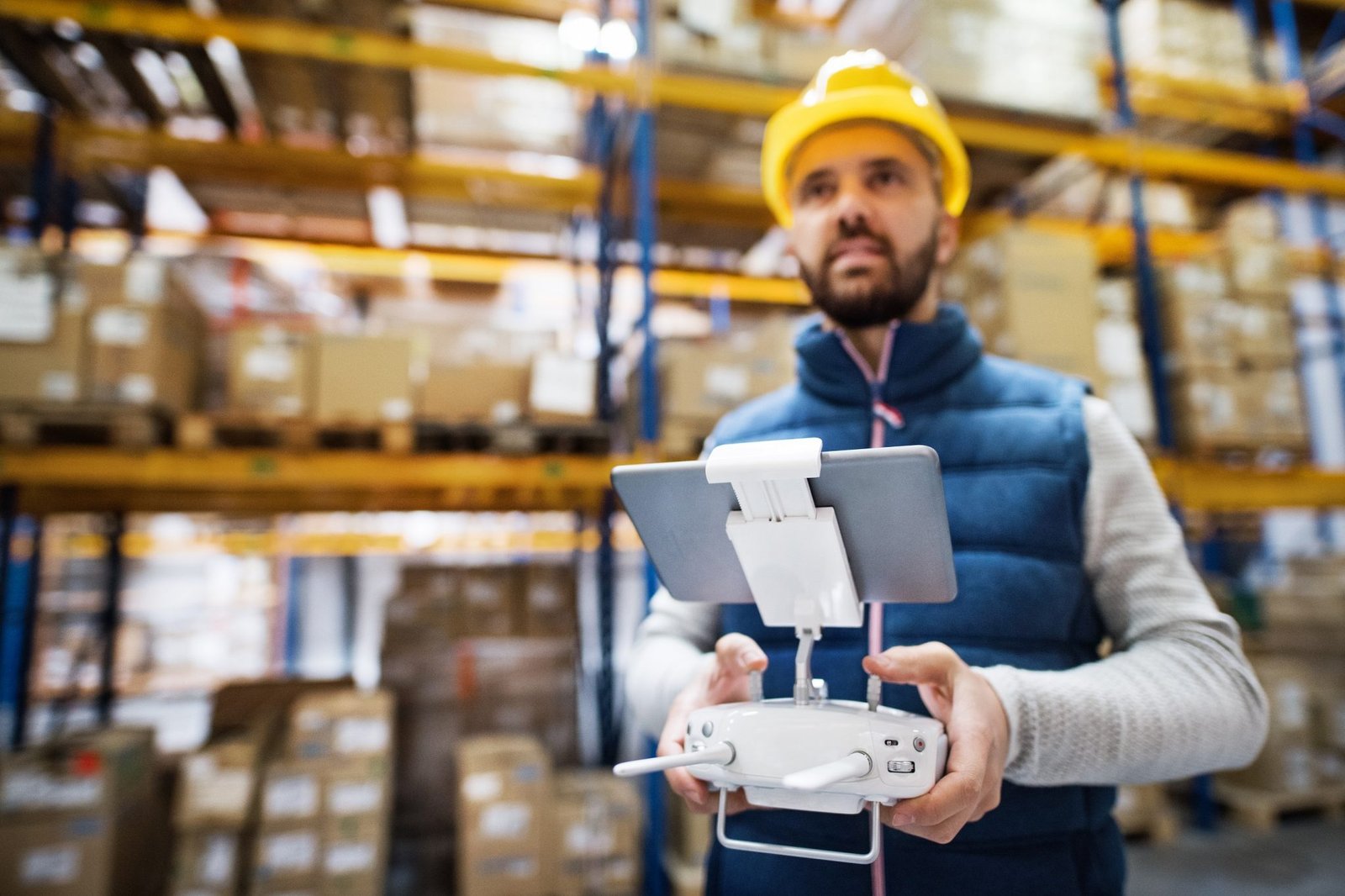Construction is one of the most critical industries globally, and innovation has been a critical factor in its success. Construction technology innovations have grown by leaps and bounds over the last few decades, with many new technologies making construction easier than ever before.
This article will discuss four groundbreaking construction technology innovations that enhance productivity and change how we work on-site.
Drones
One of the first things that come to mind when thinking about drones is drone photography, but they are also widely used in construction. Drones can be handy for surveying purposes, like choosing where to place speed bumps in a construction site, especially on large construction sites where it’s hard to get an accurate read on all sides of a given structure.
Aerial photos taken by drones provide much more clarity than ground-level views and allow engineers to respond quickly to changes during projects like roadwork or bridge building.
Drones aren’t limited solely to aerial shots either; many companies have begun using tethered drones with cameras attached so workers can examine structures up close without spending hours walking around them inspecting every single detail.
Many people believe this technology will become increasingly important because it allows workers to access parts of a structure they would not otherwise reach. Maybe someday, drone imagery will be so detailed that it could even be used to detect asbestos on roofs and even plumbing on the ceiling of large factories.
Virtual Reality
Virtual reality technology has been around for decades, but it’s only recently that we’ve seen virtual reality headsets become more than just an expensive toy for gamers and techies. Now companies like Microsoft and HTC are creating high-end VR equipment explicitly designed with construction projects in mind.
Companies can use virtual reality systems to create three-dimensional models of their plans without having to invest in physical materials such as wood or concrete; this allows them to plan out projects before anything is built so all parties involved know what changes need to take place if any adjustments must be made along the way (such as during roadwork).
This makes it significantly easier for workers who no longer have to shift around tons of materials to make minor adjustments during a project.
Augmented Reality
Augmented reality technology is similar to virtual reality, but it’s used more as an additional tool for workers rather than something that can be used on its own. While AR doesn’t create entire worlds or allow users to travel through cyberspace as VR does, this new tech has been proven helpful in many construction applications thanks to the ability for developers and engineers to easily overlay information over what a worker sees when they’re on site.
For example, if an engineer wants a worker who is building foundations out in the field to use certain equipment while digging holes at specific depths with X level of accuracy, they can upload data onto augmented reality glasses so the worker can see exactly where to dig.
Augmented reality glasses are handy for inspecting large structures because they allow workers access to information that would otherwise be too difficult or time-consuming (and even dangerous) to obtain on-site, like blueprints and building schematics.
This technology is also great at reducing mistakes made during inspections. If an inspector misses something they need to look out for a while walking around a huge structure, it’s much easier (and safer) for them to simply pull up the relevant data using augmented reality instead of climbing tons of stairs or scaffolding so that they can double-check whether there might be any issues with the design plans.
3D Printing
Like augmented reality, many people view this technology as nothing more than a fancy toy for the idle rich; however, it’s another helpful construction tool that can save companies money and time during projects.
Thanks to advancements in three-dimensional printing tech over the last few years, architects can now create on-site mockups of their designs using materials such as clay or even chocolate!
This allows them the freedom to make adjustments before investing in building actual structures made from traditional methods (such as wood).
On top of helping designers make changes while still staying within budget constraints at project sites instead of waiting until everything is complete so they can send their plans back to headquarters where expensive tools must be used for processing/rendering), printers have also been made more durable and cost-efficient so they can be used to create foundations for projects.
This is especially helpful when building roads because it reduces the chance of sinkholes appearing after construction, which would obviously cause significant issues if not detected early on (and also slows down project completion times).
Although this technology isn’t as flashy or impressive compared to virtual reality or augmented reality systems that allow workers to experience a whole other world while working in harsh conditions like extreme heat/cold, three-dimensional printing has proven itself time and again as an affordable solution worth investing in thanks to its ability make on-site design changes; ultimately reducing costs associated with errors on site.
Conclusion
Construction projects have become increasingly complex over decades due to new construction technologies designed to improve productivity and safety. Drones, virtual reality, 3D printing, and augmented reality are just four of many technology innovations improving construction project quality while saving both time and money for the people who plan out these massive worksites.








Leave a Reply